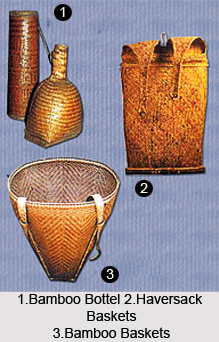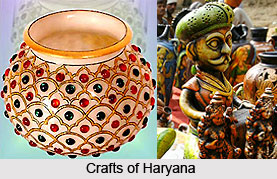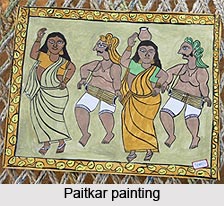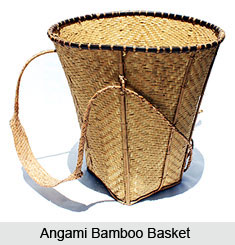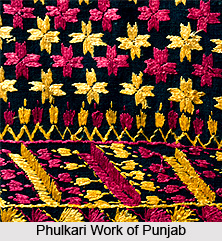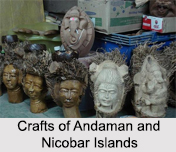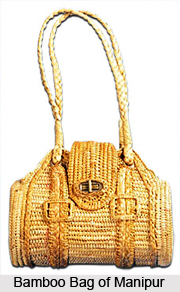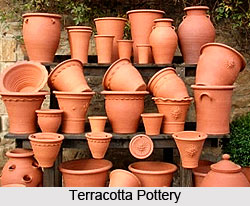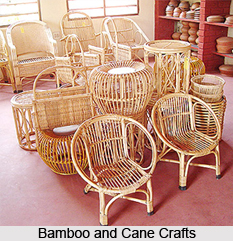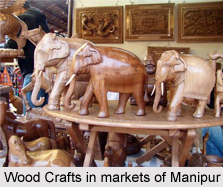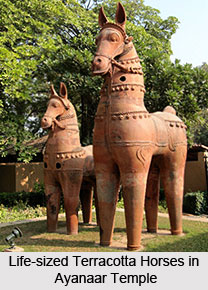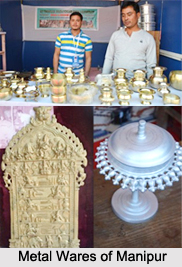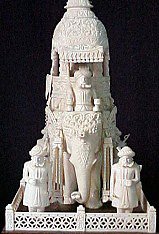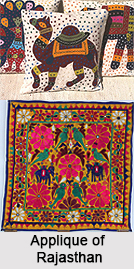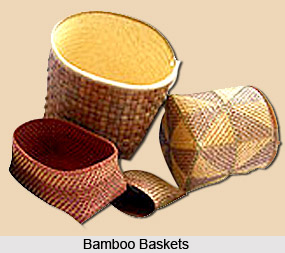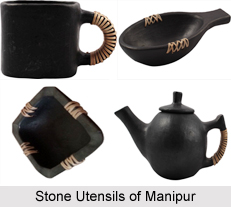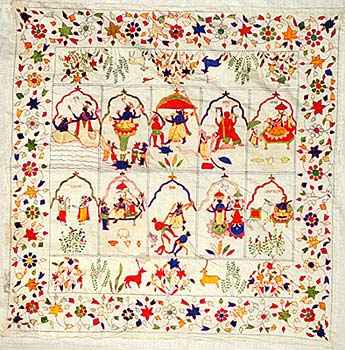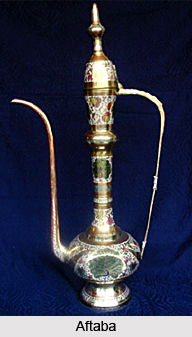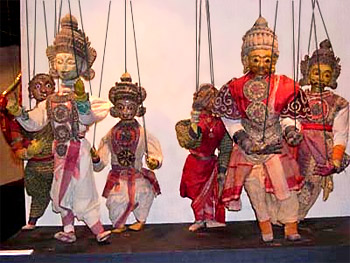 Nagina in Uttar Pradesh is famous for its large variety of comb works with perforations and floral patterns on ebony wood. The art of comb-making and hairdressing is said to have existed at least 4,000 years ago. The designs on combs are same as jali designs of stone. Traditionally, the craft was restricted to Muslim community. Sade kanghe (plain combs) were popular during old days. With the introduction of plastic combs, this industry suffered a set back. To revive this craft, a training scheme was started in 1982 at Nagina. Combs made of buffalo horn used to have a wide market throughout India and Far East till the first quarter of this century.
Nagina in Uttar Pradesh is famous for its large variety of comb works with perforations and floral patterns on ebony wood. The art of comb-making and hairdressing is said to have existed at least 4,000 years ago. The designs on combs are same as jali designs of stone. Traditionally, the craft was restricted to Muslim community. Sade kanghe (plain combs) were popular during old days. With the introduction of plastic combs, this industry suffered a set back. To revive this craft, a training scheme was started in 1982 at Nagina. Combs made of buffalo horn used to have a wide market throughout India and Far East till the first quarter of this century.
Fine Art of Comb
Combs are made in pairs, male and female. Male combs have teeth on one side and female combs have teeth on both sides. Male combs are called as Raja ka kangha, female combs are called as Rani ki kanghi.
Procedure of making Combs
A piece of the size and shape of the comb is cut from abnoos wood by a saw. The teeth are cut on the tapered side and design is on the thick side. The design is traced on it with a compass and is engraved with a drill machine. After the carving is done, it is smoothened and teeth are chiseled. The piece is held in the left hand and the skill lies in holding the ari in right hand and cutting with the precise control of distance with the left thumb. The teeth are cut at a regular distance without any measurement. The piece has minimum thickness in the centre and tapers on both the sides.
A portion of horn is kept moist with coconut oil and heated before a fire until it becomes almost as soft as wax. It is then worked or pressed into the required form, either with hands or by means of moulds made of hard wood. Then it is finished off with scraping tools and a small lathe. The whole body is then polished and ornamented with simple but graceful designs. The ornamentation is done in line with a fine, double-pointed steel graving tool. The tools used in this work are very simple.
Comb Artifacts
Jali comb with handle, double jali comb, juda comb, machli ki jali comb, (fish jali), tel wala kangha (oil comb), marore ki kalsi ka kangha, kalsi ka kangha, double jali ka gol kangha, Raja-Rani ki kanghi.
